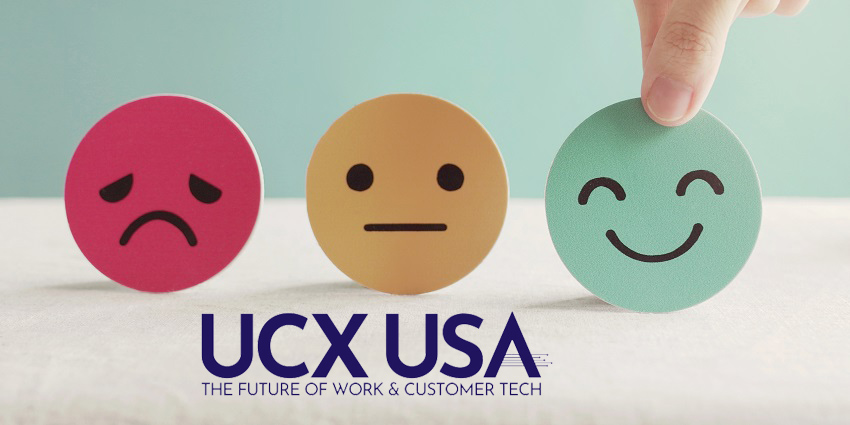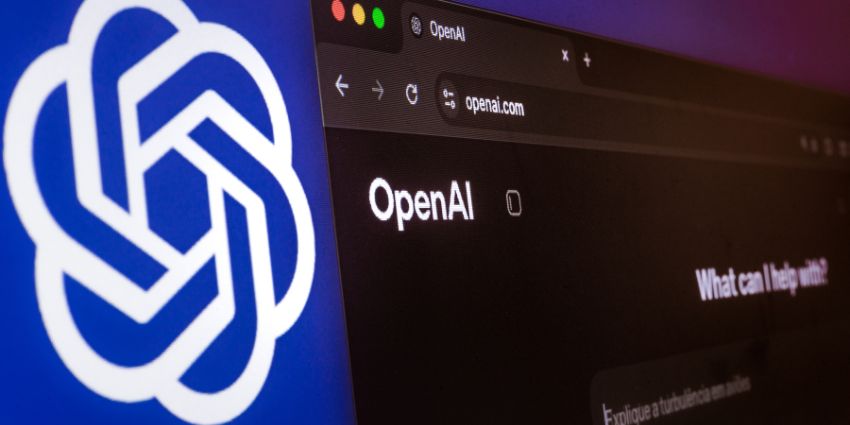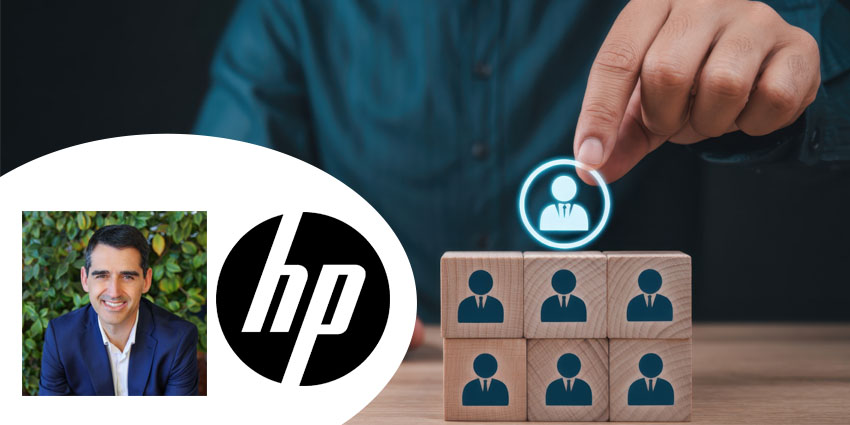In periods of upheaval, it’s instructive to draw parallels from history.
There was the pre-nuclear age. Then the nuclear age.
There was pre-pandemic. Now there’s post-pandemic.
And, when historians recount the 21st century, they might be forced to redefine all of human history. There was the “Pre-AI Period.” Then came AI – and its progeny.
Every tectonic shift in human history gives birth to a new order. So, welcome to the 21st century.
No question about it, what we’re witnessing these days is hard to grasp, much less understand.
Who could have predicted that an AI language model would pass the Bar Exam in 2023?
Or that battery-powered, self-driving cars would be chauffeuring us around?
Or that most office workers would be happily working and thriving from their living rooms in their sweatpants?
The 60-Second Commute to Our Office
The pandemic fundamentally shifted the way employees look at their work and life balance. Gone are the days when most employees commuted daily to the office. Today, it’s a 60-second commute in flip-flops from the bedroom to the home office.
And there isn’t a significant trend to return to the office. Crucially, it’s the home office all day every day for millions of office workers. Employees vote with their feet. And most of those feet are staying at home.
The Times They’re a Changin’
Looking for your employees? Click Teams or Zoom to find them. And that’s where most of them want to stay – at home.
Forward-thinking companies are eager to reconfigure and support their employees in ways that harmonize with their work styles and lifestyles in the post-pandemic era.
By offering them more freedom and support, employees create happy customers. And that’s where Total Experience (TX) comes in.
In an interview with UC Today, David Hicks, Chairman of XM Coach, emphasized the powerful potential of Total Experience:
“Total Experience merges the rational and the emotional. While most organizations focus primarily on the operational side, they often neglect the emotional aspect of the experience they provide.”
Hicks believes organizations can create authentic and positive experiences that lead to better business outcomes by focusing not just on what we do but also on ‘the how’ we make people feel that includes employees, partners and customers.
This means setting forth a total experience management initiative that involves deliberately designed emotional outcomes, and their consistent, persistent execution, he advises.
He emphasizes the need for organizations to align their purpose, intent, and values with the experiences they deliver to customers, partners, and employees. By doing so, organizations can create a total authentic experience that drives value.
Hicks also points out that organizations have traditionally focused on customer experience, which tends to run out of steam unless leaders pay equal attention to employee experience. In fact, it could be the key to unlocking greater revenue.
He highlights a crucial demographic, employees in their 20s and 30s (just the type of agile minded colleagues you need to drive the transformation agenda), who deeply prioritize purpose and authenticity in their work. “They want to be part of something that is genuinely purposeful. That talented group will vote with their feet if organisations don’t have a clear, authentic purpose,” he explained.
Organizations that fail to provide an authentic and meaningful employee experience among this group risk losing talented employees and will struggle to deliver an authentic customer experience, often with only modest results.
It’s a Journey Really. Not a Destination
The concept of total experience is still evolving. And Hicks believes it requires deliberate design, consistent execution, and a clear line of sight between experience ambition and business outcomes.
Hicks acknowledges that implementing total experience can be challenging. It requires courage and a willingness to challenge existing cultures and behavior patterns within organizations.
“Start small and involve key stakeholders, such as finance departments,” he advises. “Present evidence of the unique link between experience and improved performance. It might be a call center script change. It might be a change in routing or a change in training. Demonstrate that the 50 calls an hour experience pilot delivered x% improved retention/penetration/acquisition. That’s the business value of this change in the total experience. Big bangs don’t work, instead lots of small incremental experience changes become pearls in their own right. Pretty soon you’ve got more pearls than string,” he assures.
It’s Risky. It Takes Courage
Total Experience initiatives can represent fundamental changes to a company culture. And change means uncertainty.
Though humans crave stability, change can’t be stopped any more than time can.
We also crave authenticity, likely to become rarer as AI becomes more pervasive.
And for total experience managers, it means risking their jobs and reputations.
“A lot of the experience managers are humble,” Hicks said. “They are generous. They are curious. And they are courageous. They want to learn even though they are bloody brilliant. They admit they have more to learn. They’re prepared to share what they know. And what they know can lead to amazing results.”
Meet with David Hicks and learn more about the power of Total Experience at UCX USA this September 13-14 in Austin, Texas. Click here to register.







